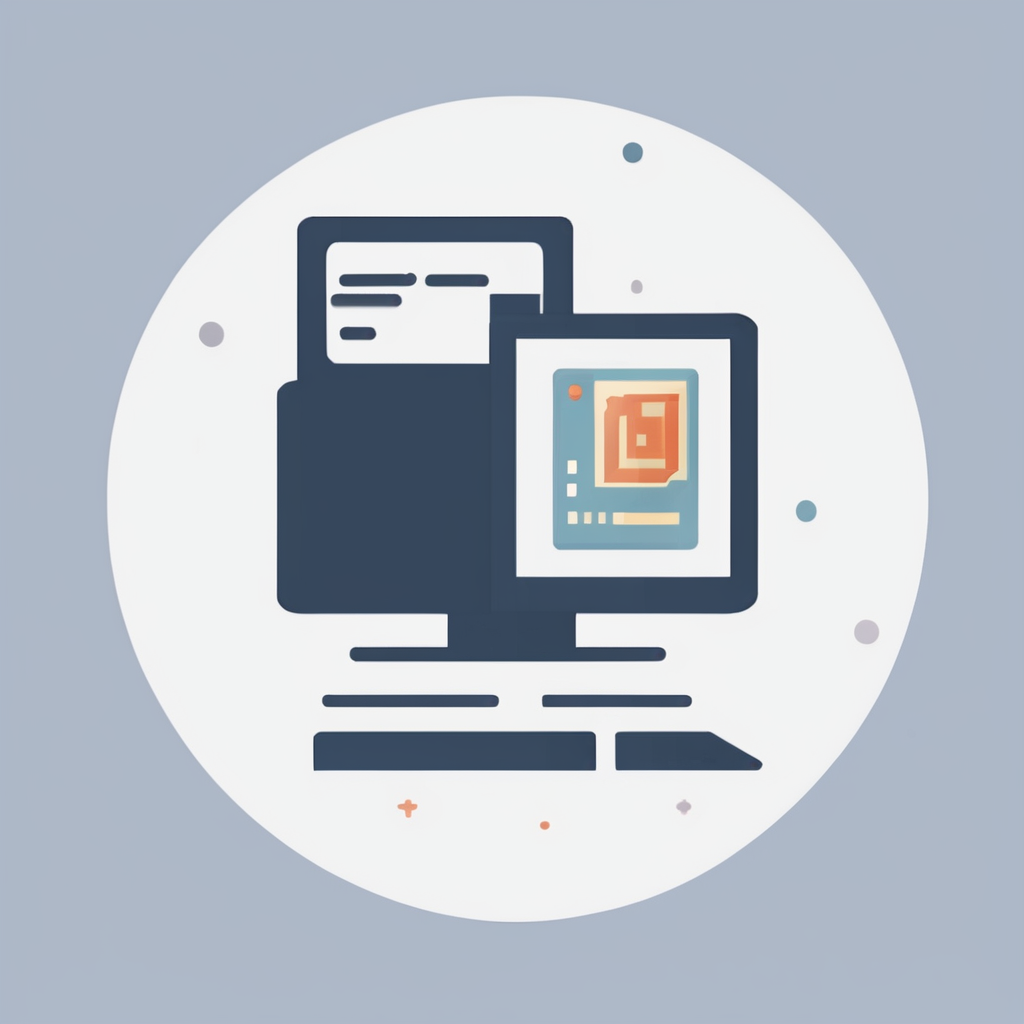Key Developments in UK Technology Adoption
Small advancements often signal major shifts, and recent UK technology trends illustrate a dynamic evolution. A surge in AI adoption UK has transformed sectors from healthcare to retail, enabling smarter decision-making and predictive analytics. Companies leverage AI-powered tools not only to automate routine tasks but to enhance customer experiences with tailored solutions. This broad acceptance reflects confidence in AI’s reliability and its expanding role.
Simultaneously, fintech growth UK continues to reshape financial services. Digital banking platforms now dominate, offering faster transactions and innovative features like open banking and cryptocurrencies. This fintech expansion fosters greater financial inclusion, allowing users access to services once limited to traditional banking infrastructures.
Topic to read : What Are the Latest Innovations in Computing and Internet Technology?
Alongside AI and fintech, IoT developments UK present a rapidly growing frontier. Smart devices connected through the Internet of Things improve efficiencies in logistics, smart homes, and urban infrastructure. These IoT technologies enhance data collection and real-time monitoring, which supports sustainability and security initiatives.
Collectively, these trends illustrate how the UK embraces technology to drive productivity and user-centric services. Understanding these key elements guides businesses and consumers in adapting to a technology-rich landscape that promises continued innovation.
This might interest you : How is the UK addressing digital inclusion and internet access?
Latest Statistics on UK Internet Usage
Recent UK internet usage statistics reveal widespread digital adoption, with over 95% of adults accessing the internet regularly. The trend shows significant device usage UK-wide, particularly through smartphones, which now surpass desktop computers as the primary access point for many users. This shift highlights the importance of mobile-friendly platforms for businesses and content providers.
Breaking down internet demographics UK-wide, younger age groups (16-34) almost exclusively use mobile devices, while older adults (65+) show slower digital adoption, often favoring desktops or tablets. Regionally, urban areas exhibit higher internet penetration and faster broadband speeds, while rural communities face challenges with connectivity, impacting overall adoption rates.
Popular platforms also reflect changing habits. Social media usage remains dominant, with platforms like Instagram and TikTok growing among younger users, while older demographics lean towards Facebook. In terms of activity, video streaming and online shopping continue to surge, illustrating evolving preferences.
Understanding these UK digital adoption trends is crucial for targeting audiences effectively and optimizing digital strategies across sectors. The rich detail in device usage UK-wide and demographic breakdowns paints a full picture of a digitally connected nation adapting rapidly to new technologies.
Evolving Behaviours: E-commerce, Streaming, and Remote Work
Consumer habits in the UK have transformed significantly, driven by technological advances and social changes. UK e-commerce trends reveal a steady increase in online shopping, with a notable shift towards contactless payments for convenience and safety. Shoppers now favour digital platforms for everyday purchases, reflecting broader changes in digital consumer behaviour UK. This has pushed retailers to enhance their online presence and streamline checkout processes to meet growing expectations.
Parallel to this, the UK has observed a surge in digital content consumption. UK streaming data shows that audiences are increasingly turning to streaming services for entertainment, spanning movies, TV series, and live events. This rise reflects a shift from traditional media to on-demand content, offering flexibility and personalized viewing experiences. Streaming services have adapted by expanding their libraries and improving user interfaces to cater to this growing demand.
Furthermore, the adoption of remote work UK has reshaped professional routines. Many businesses now embrace hybrid models, balancing office and home environments. This transition has influenced digital consumer behaviour UK by increasing the need for reliable connectivity and collaboration tools, reflecting a broader trend of integrating technology into everyday work and life.
Expert Analysis and Forecasts for UK Tech and Internet Landscape
Experts predict the UK technology forecasts will see significant advancements, especially in connectivity and digital infrastructure. Industry leaders emphasize the UK’s push towards widespread 5G adoption, which promises faster internet speeds and more reliable connections for both urban and rural areas.
A key element driving the UK digital future is innovation in artificial intelligence and automation. Analysts highlight how AI will transform sectors such as healthcare, finance, and manufacturing, enabling greater efficiency and new business models.
However, challenges remain. Experts warn that cybersecurity risks will escalate as digital integration deepens. UK businesses must prioritize robust security frameworks to safeguard data and maintain consumer trust. Additionally, there are concerns about bridging the digital divide to ensure equal access for all citizens.
Opportunities abound in the evolving tech landscape, with startups and established companies benefiting from government initiatives promoting innovation. Investments in green technology are also forecast to surge, aligning with broader sustainability goals.
For businesses and consumers alike, understanding these expert insights UK tech offers a roadmap for adapting to rapid change. Staying informed about the latest developments can help stakeholders harness the potential of technology while navigating emerging challenges.
